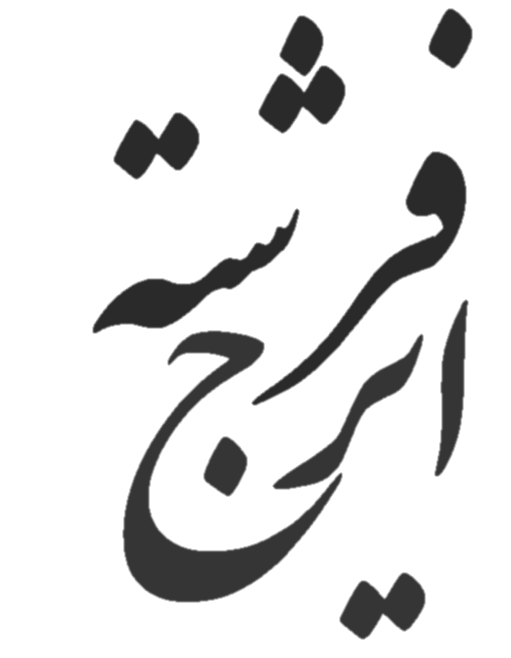Born Ghiyath al-Din Abul Fatah Umar Ibn Ibrahim al-Khayyam in 1044 in Nishapur, a Persian city, Omar Khayyam was a well-known mathematician, astronomer, philosopher, and poet. He spent most of his life in Persian intellectual centres such as Samarkand and Bukhara, and enjoyed the favour of the Seljuk sultans who ruled the region.
Khayyam's best-known scientific contributions were in algebra and astronomy. His classification of algebraic equations was fundamental to the advancement of algebra as a science, for example, just as his work on the theory of parallel lines was important in geometry. In astronomy, Khayyam's greatest legacy is a remarkably accurate solar calendar, which he developed when the Seljuk sultan, Malik-Shah Jalal al-Din, required a new schedule for revenue collection. Khayyam's calendar, called Al-Tarikh-al-Jalali after the sultan, was even more accurate than the Gregorian calendar presently used in most of the world: the Jalali calendar had an error of one day in 3770 years, while the Gregorian had an error of one day in 3330 years. Khayyam measured the length of one year as 365.24219858156 days, which is remarkably accurate. It has since been discovered that the number changes in the 6th decimal place over a person's lifetime. For comparison of Khayyam's accuracy, the length of one year at the end of the 19th century was 365.242196 days, and today it is 365.242190. Although the calendar project was cancelled upon Malik-Shah's death in 1092, the Jalali calendar has survived and is still used in parts of Iran and Afghanistan today.
Khayyam is also a well-known poet. This is the profession by which he is best-known in the West, often at the expense of his scientific achievements. His fame as a poet in the West has only existed since 1839, however, when Edward Fitzgerald published an English translation of Khayyam's Rubaiyat ("Quatrains"). It has since become a classic of world literature, and is largely responsible for influencing European ideas about Persian poetry and literature. Because he was known as a scientist in his own time, and his poetry did not surface until 200 years after his death, some doubt whether Khayyam indeed wrote the Rubaiyat. After careful analysis, however, most scholars now agree that he is the author, revealing a philosophical side to Khayyam that few of his contemporaries knew.
Khayyam's legacy remains largely in science, however, with his work in geometry so far ahead of its time that it was not used again until Descartes built upon Khayyam's theories in 17th century France.





